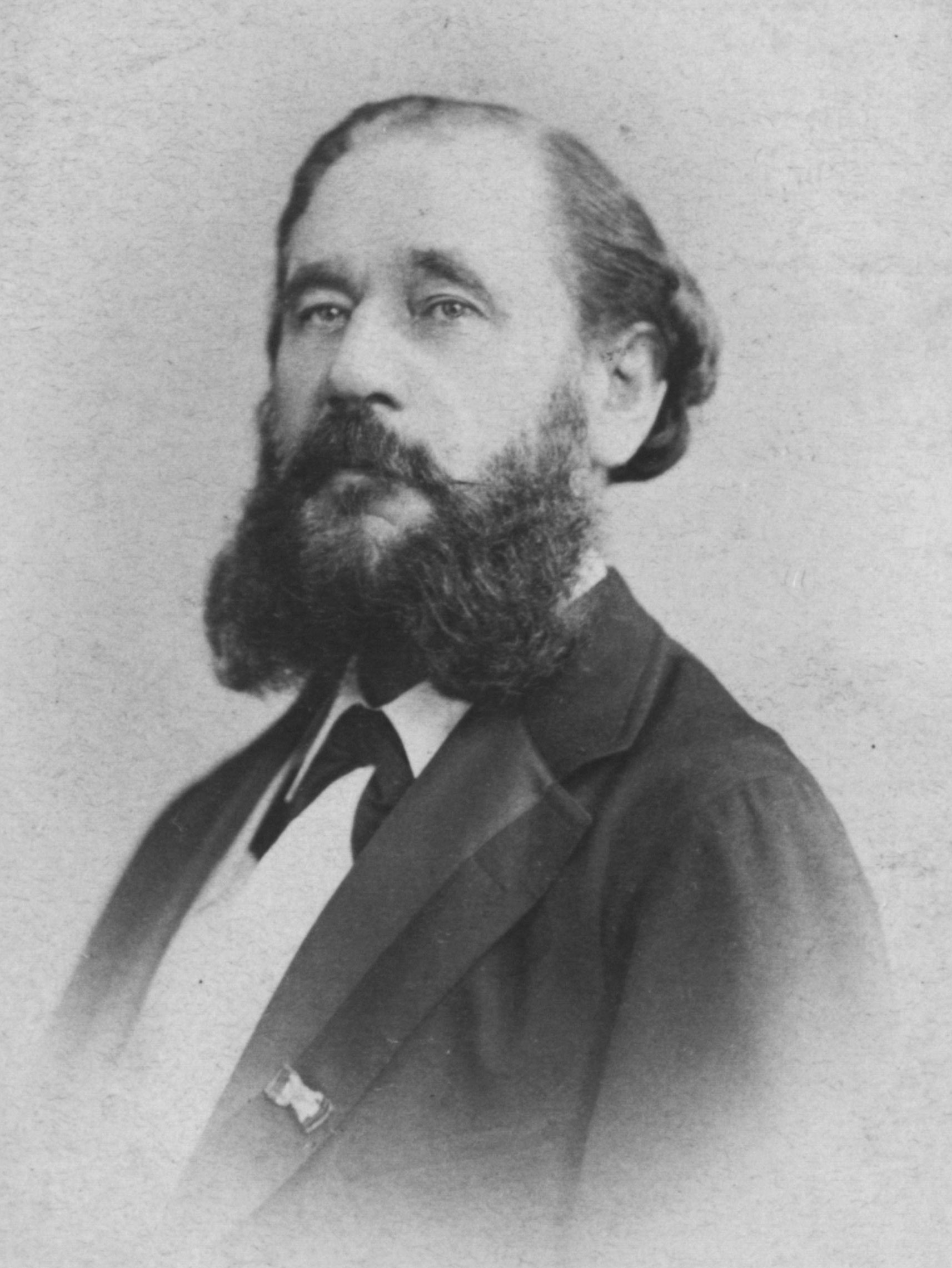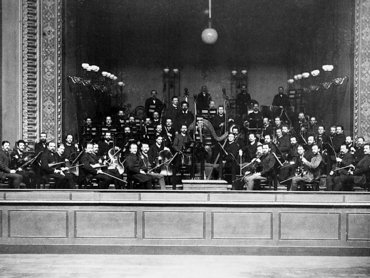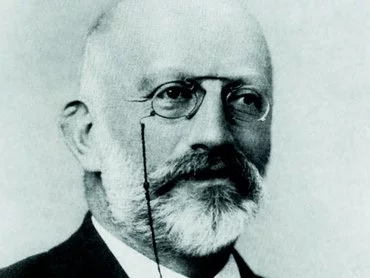- History
- Orchestra History

He learned his craft from the bottom up: Benjamin Bilse, born in 1816 in the Silesian town of Liegnitz, received his training as a town musician at the age of 14, during the course of which he learned “the practical handling of almost all orchestral instruments.” He then set out into the world, including to Vienna, where he played violin in the orchestra of Johann Strauß the elder.
In 1842 he returned to his hometown, where he conducted the town band. Bilse proved to be a good conductor and marketing strategist. He improved his ensemble’s artistic standard, ensured that young people were qualified to play with them by giving gifted young people without means music lessons free of charge, and toured extensively with his orchestra.
When he left Liegnitz in 1865, because the town council intended to reduce the musicians’ fees, the orchestra had already borne his name for a long time: Bilsesche Kapelle. In 1867 Benjamin Bilse and his musicians took up residence in Berlin and became both an artistic and a society institution with the concerts they held daily in the Konzerthaus at Leipziger Strasse during the winter season.
People went to Bilse to hear good music, but also to initiate marriages. Bilse made use of various programme structures, catering to both intellectual and popular taste. Besides works of great masters and popular pieces, he enjoyed presenting the creations of young, unknown composers. The secession of the 54 founding members of the Berlin Philharmonic Orchestra in 1882 was a major professional setback for him. Though he did put together a new orchestra, he left Berlin three years later, returning to his native town of Liegnitz, where he died in 1902.

